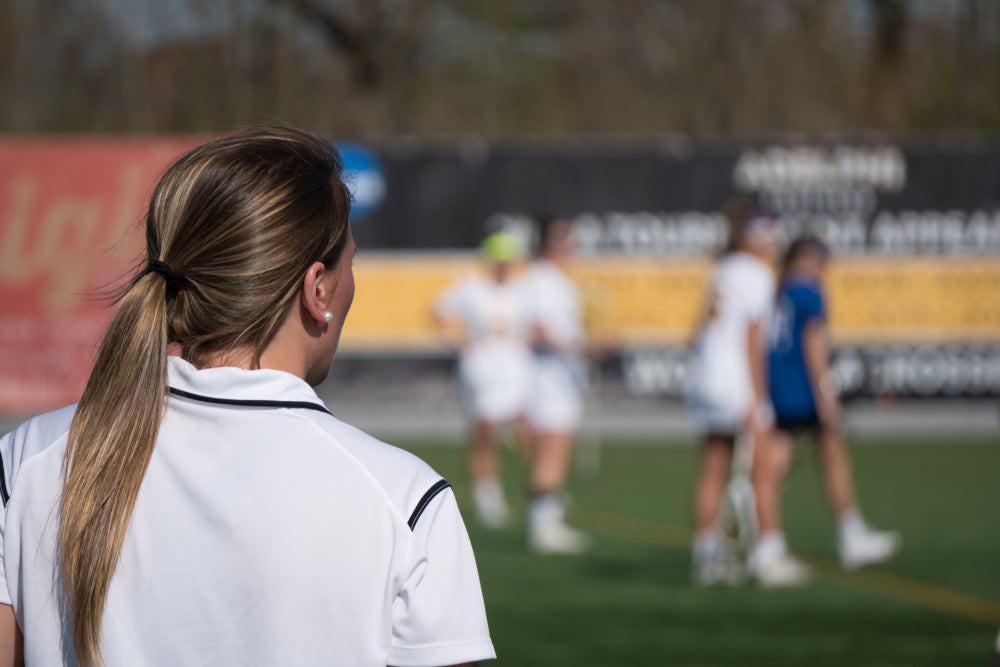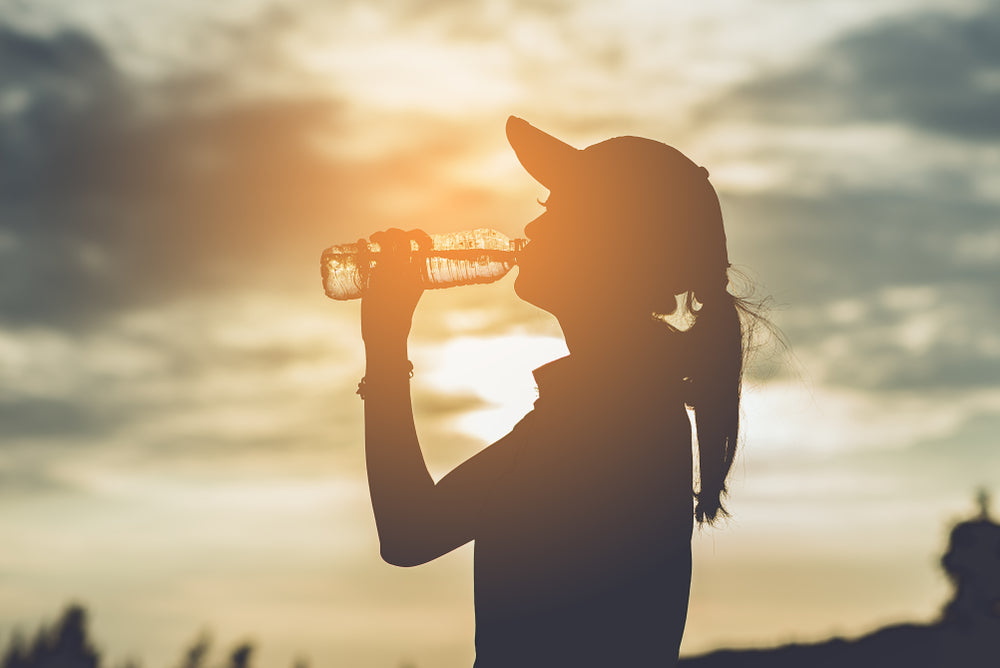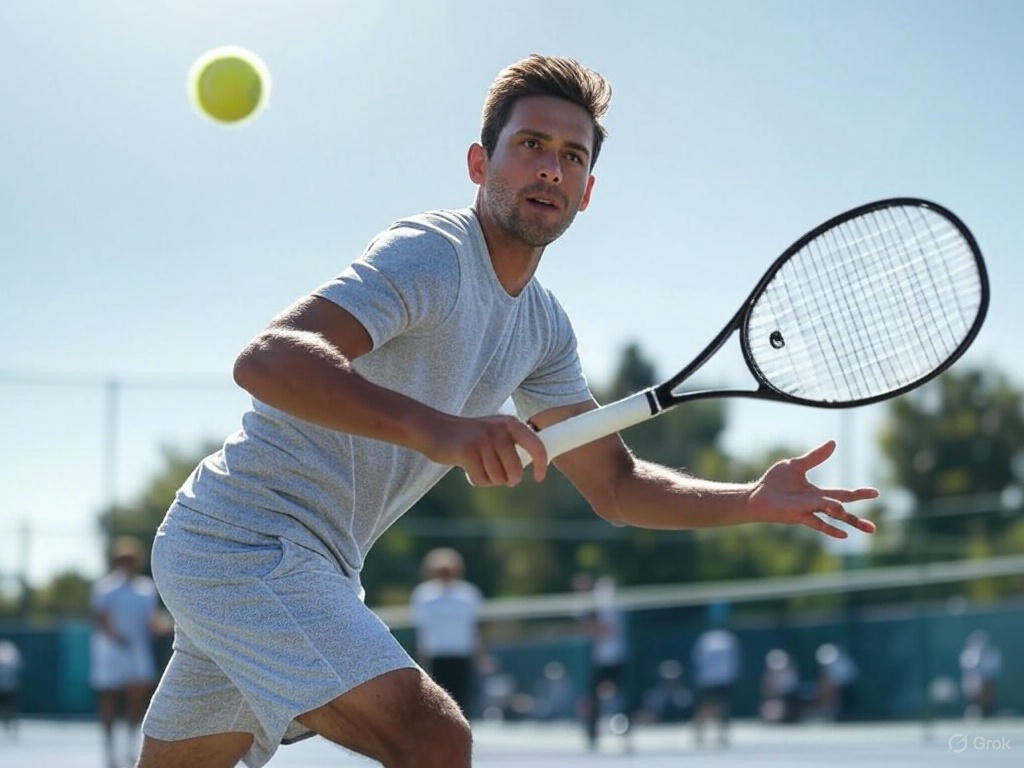
Spring Training: Preparing Your Body for Summer Heat
As spring temperatures begin to rise, athletes and outdoor enthusiasts have a golden opportunity that shouldn't be overlooked. This transition period provides the perfect conditions to prepare your body for the intense summer heat that lies ahead. Proper conditioning during spring isn't just about improving performance—it's a crucial safety measure that can potentially save lives.
Heat-related illnesses, particularly heat stroke, remain one of the leading causes of preventable death in sports. According to the CDC, over 700 people die from extreme heat in the United States each year. Many of these tragedies could be avoided with proper preparation and gradual acclimatization.
Understanding Heat Acclimatization
Heat acclimatization is your body's process of adapting to exercise in hot conditions. When done correctly, this adaptation:
- Increases blood plasma volume
- Improves sweating efficiency (earlier onset and higher volume)
- Decreases heart rate during exercise
- Lowers core body temperature during exertion
- Reduces sodium losses in sweat
- Enhances overall comfort in hot conditions
This adaptation doesn't happen overnight—it requires consistent exposure over 10-14 days. Spring's moderate temperatures create ideal conditions for this process without the dangerous extremes of summer.
The Spring Training Advantage
Progressive Heat Exposure
Spring offers a natural progression of temperatures. Start your training regimen on cooler spring days, gradually increasing duration and intensity as temperatures climb. This methodical approach allows your body to make physiological adaptations safely.
Building Cardiovascular Fitness
The cardiovascular system plays a crucial role in thermoregulation. Spring training improves:
- Heart efficiency
- Blood vessel dilation capacity
- Overall circulation
These improvements directly enhance your body's ability to cool itself during summer activities.
Hydration Habit Formation
Spring is the perfect time to establish proper hydration routines:
- Learn your individual sweat rate
- Experiment with different hydration formulas
- Establish pre-, during-, and post-activity drinking schedules
- Develop the habit of monitoring urine color for hydration status
Developing these habits before summer's peak heat reduces your risk of dehydration-related problems.
Signs of Heat-Related Illness Everyone Should Know
Even with proper conditioning, heat-related illness can occur. Recognize these warning signs:
Heat Cramps
- Muscle spasms or pain
- Excessive sweating
- Fatigue
Heat Exhaustion
- Heavy sweating
- Cold, pale, clammy skin
- Fast, weak pulse
- Nausea or vomiting
- Muscle cramps
- Tiredness or weakness
- Dizziness
- Headache
- Fainting
Heat Stroke (Medical Emergency)
- High body temperature (103°F or higher)
- Hot, red, dry, or damp skin
- Fast, strong pulse
- Headache
- Dizziness
- Nausea
- Confusion
- Loss of consciousness
Spring Training Safety Protocol
1. Start Slow and Progress Gradually
Begin with shorter, less intense workouts during the cooler parts of spring days. Gradually increase duration and intensity as your body adapts and temperatures rise.
2. Monitor Environmental Conditions
- Check the temperature, humidity, and heat index before outdoor activities
- Understand that humidity significantly impacts how your body cools itself
- Reschedule or modify activities when conditions become dangerous
3. Dress Appropriately
- Choose lightweight, light-colored, loose-fitting clothing
- Wear moisture-wicking fabrics
- Consider UV-protective gear as sun exposure increases
- Don't forget a hat and sunglasses for sun protection
4. Hydration Strategy
- Drink 16-20 oz of water 2-3 hours before exercise
- Consume 7-10 oz every 10-20 minutes during activity
- Replenish with 16-24 oz for every pound lost after exercise
- For activities lasting over an hour, include electrolytes
5. Nutrition Considerations
Spring training is an excellent time to experiment with:
- Pre-workout meals that provide sustained energy
- During-activity nutrition for longer sessions
- Recovery nutrition strategies
- Electrolyte replacement options
6. Recovery and Monitoring
- Track your resting heart rate each morning
- Monitor sleep quality
- Document how you feel during and after workouts
- Adjust training based on these metrics
Special Considerations for Different Groups
Youth Athletes
Children produce more heat relative to their body mass and sweat less efficiently than adults. They require:
- More frequent breaks
- More aggressive cooling strategies
- Closer monitoring
- Lower intensity during acclimatization
Older Adults
Aging affects temperature regulation. Older individuals should:
- Progress even more gradually
- Exercise during the coolest parts of the day
- Be particularly vigilant about hydration
- Consider workout buddies for safety
Those with Chronic Conditions
Certain conditions (diabetes, hypertension, obesity) and medications can impact heat tolerance. Individuals should:
- Consult healthcare providers before beginning spring training
- Be aware of how their specific condition affects heat regulation
- Modify protocols based on medical advice
Conclusion
Spring offers the perfect opportunity to prepare your body for the challenges of summer heat. By taking a progressive approach to heat exposure, building cardiovascular fitness, and establishing good hydration habits, you create a foundation for safe summer activities.
Remember that heat acclimatization is a gradual process that requires patience and consistency. The time invested during spring will pay dividends when summer temperatures soar, reducing your risk of heat-related illness and improving your performance in hot conditions.
Don't wait for the first heat wave to start preparing—use spring's moderate temperatures to your advantage and set yourself up for a safe, active summer.

